Interview with Lynda Drews - Author of Run at Destruction: A True Fatal Love Triangle

Lynda Drews, a Wisconsin native and dedicated runner, recently gave the commencement speech at the University of Wisconsin La Crosse, her college Alma mater. One lesson she shared with the graduates was: “to journal your life.”
When Lynda, a marketing executive, made the decision to retire after her thirty-year career, she returned to an earlier passion. Run at Destruction is the outcome. Lynda and her husband, Jim, a retired guidance counselor and an accomplished runner, have two sons, Collin and Chris, and a golden retriever named Bailey. The family has lived in Green Bay since the mid-seventies and helped launch the local running movement. The city now hosts the nation’s fourth largest 10K, the Bellin Run.
www.lyndadrews.com
www.lmdrews.wordpress.com
Welcome to The Writer's Life, Lynda. Can you tell us a little bit about yourself and how long you’ve been writing?
A: Thanks for having me! I’m a die-hard Wisconsinite – having lived here for all but two months of my life. I’m a wife, mom, terrible cook, and an eternal optimist. I married the cute kid that I unsuccessfully hid from while playing kick-the-can and sardines. No wonder he caught me since he later qualified for the Olympic Marathon Trials!
I’ve never been a running star like my husband. I’m just one of the 20 million U.S. women runners and am proud to say that I’ve completed eight marathons and more than a dozen halves. My former career was global, allowing me to accumulate air miles. During each of our two son’s middle and high school years, I let them pick a one-on-one trip with just their mom. Yes, that was me sitting in the first five rows of those 15 Dave Mathew’s Band concerts!
As a freshman in college, I’d loved two basic studies courses – creative writing and introduction to computer science. In the seventies, the latter was an emerging field. Encouraged, I became the first graduate and was hired by IBM, putting my writing passion on the backburner until I retired in 2004. Ever since some terrible tragedies occurred within Green Bay’s close-knit running community, I knew I had a story to tell.
Can you please tell us about your book and why you wrote it?
A: Run at Destruction is unique. It’s the only book categorized in these two ways: first – True Crime and second – Sports/Running. There's a love triangle between three teachers/runners, a suspicious bathtub drowning, and a small-town community rattled by speculation. But rather than an intriguing work of fiction, the events in Run at Destruction really happened and they happened to my best friend and running partner, Pamela Bulik. My book takes place during a historical U.S. time period – the running boom of the 80s.
Pam and her husband, Bob, were members of our close-knit running group and two corners of a three-teacher love-triangle, while Linda, a charismatic teacher/runner, completed the third. Normally, football is Green Bay’s only obsession… but that changed when Pam died.
Our city prided itself on its extraordinary low crime rate, fifty percent below the national average. There’d never been a tragedy like hers - “somebody up on the hill with a fancy bathroom.” Inside this baffling murder mystery, portrayals of our running community’s friendship are layered between detective work and courtroom drama.
When the trial, deemed to be one of the most sensationalized in Green Bay’s history, unfolds, and I take the stand, the evidence teeters between premeditated murder and a tragic accident, and the reader must decide.
I wrote Run at Destruction to resolve, for myself, why Pam actually died. To do this, I wore two hats. First, I played a major character in the story, immersing myself in the turmoil I’d felt at that time, but second, I became an unbiased narrator, removing my emotions from the equation and taking a reporter’s approach while analyzing the evidence. What I shockingly discovered was that my previous beliefs about Pam’s death had changed.
What kind of research was involved in writing Run at Destruction?
A: To write any True Crime book, extensive research is required. I feel, however, that I had an advantage. Being Pam’s best friend, I knew detailed inside information about her death and then added this to the knowledge I gained by interviewing Pam’s friends and family, detectives, attorneys, the coroner, psychiatrists, the judge, and even three of the jurors.
I read old running logs, perused picture albums, and secured old yearbooks. (One was purchased on eBay from the mistress’s high school.) I secured newspaper articles, police records, autopsy reports, and for three months, scanned massive boxes of court records into my laptop, plugging parking meters every two hours. While doing this tedious job, I listened to books on tape.
One day, I couldn’t hear the narrator’s voice, so I kept turning up the tape player. A courthouse worker finally tapped me on the shoulder and pointed to my headphones that had mistakenly become unplugged. My face turned crimson as she chuckled saying that the whole office had been listening to a suggestive sex scene!
Has it been a bumpy ride to becoming a published author or has it been pretty well smooth sailing?
A: It’s been full of unexpected, yet exciting, twists and turns. Initially another friend and I wrote a fiction version of this story. But after talking to a publishing attorney, we realized that we couldn’t adhere to the fiction disclaimer. Our characters certainly resembled “actual persons, living or dead.”
At that point, my friend dropped out of the project and I started from scratch, trying to separate the fiction from the fact while still creating a story that would read like a suspenseful novel. After numerous rewrites, which included services from an editing firm, I finally felt I had a marketable manuscript. Because this was non-fiction, I next created a book proposal and a marketing plan.
Then, with high expectations, I queried agents and publishers that matched my True Crime genre. I received five requests that were followed, weeks later, by each of their rejections. One was an agent that was a marathon runner. She said that even though the story was fascinating, it took place in the 80s, and she didn’t feel it would be relevant today.
Her statement became a challenge and I repositioned my book proposal, highlighting this historical U.S. time-period. It was the running boom of the 80s when the “average Jane or Joe” started to jog. I was ecstatic when I finally secured a contract with TitleTown Publishing that specializes in the True Crime genre.
For this particular book, how long did it take from the time you signed the contract to its release?
A: My contract was signed 18 months before my book’s release. The time, though, was utilized. My book’s title was changed, the cover was designed, multiple edits were done on the manuscript, formatting was completed and blurbs were secured. I’d been able to locate the PO Box of the best-selling True Crime author, Ann Rule, who’d written The Stranger Beside Me, Small Sacrifies, and Mortal Danger.
I sent her a bound galley of Run at Destruction with a note, following it up with repeated e-mails. Amazingly, we finally connected. Even though Ann was in the process of writing two new books, and working on a mini-series about an earlier one starring Rob Lowe, she said, “I can tell you’ve done a good job… I will give you a quote. Congratulations on finding a publisher! It’s not easy these days.” Ann also added my book to her “recommended reads” on her website’s front page.
The second endorsement I wanted was from the running community. In addition to the back cover blurbs that I received from both the Boston Marathon and the Cellcom Green Bay Marathon’s Race Directors, I emailed Sean Hartnett, a correspondent for Track & Field News.
He responded a few weeks later saying that he’d been off interviewing some Kenyan runners and had returned to five pages of e-mails. “Mine,” he said, “was by far the most interesting.” I mailed him a galley and after reading it he gave me his endorsement saying: “Run at Destruction is the 2009 runner’s read.”
Finally, my publisher, who’s a tiger, secured an interview with Publishers Weekly. Shortly after my book’s release, I received their review saying: "this title... relies on the strong bond between author and victim for emotional weight; passages about their shared moments, and Drews's feelings of emptiness in the decades since, are remarkable." These words have since been incorporated into a blurb for my book’s third printing.
Do you have an agent and, if so, would you mind sharing who he/is is? If not, have you ever had an agent or do you even feel it’s necessary to have one?
A:I do not have an agent and don’t believe it’s necessary if you work with a smaller publisher and also consult with a publishing attorney during contract negotiations. My publisher, Tracy Ertl, has been very supportive. In addition to covering all the production and print costs, she has sponsored book signings for me at Book Expo America, funded a library contest, and paid co-op fees for speaking engagements at some prime locales.
Do you plan subsequent books?
A: Yes. I love my new career and have a murder/mystery fiction series in the works. I am also researching some additional true crime stories.
Can you describe your most favorite place to write?
A: We live in a “cottage” nestled between a jogging trail and the Fox River where my office has a marvelous view. This is where I do my writing, but my best creativity occurs during a run. I’ll dash back into the house, sweat dripping onto the keyboard, as I capture my thoughts. Later I’ll do my editing on a bench situated at the end of our dock or curled up under an afghan I’ve knitted by our fireplace. Of course, a cup of coffee or a glass of wine is within easy reach.
If money was no object, what would be the first thing you would invest in to promote your book?
A: I’d secure USA Today media coverage that coincided with mass transit bus advertisements in the top 100 locales that sponsored major marathons – New York, Boston, San Francisco, Chicago, etc.
How important do you think self-promotion is and in what ways have you been promoting your book offline and online?
A: Throughout my life, I’ve tried to be modest about my accomplishments, but that premise has to be pitched in the trash once you’re a published author! If you don’t self-promote, who will? The key is to understand your target audience. In my case, it’s true crime readers, teachers, runners, and women. Runners are the easiest to find.
For example, www.runningintheusa.com provides a link to more than 1000 running clubs and 10,000 races. Since my book’s release in August, I’ve had good results connecting with clubs to setup speaking engagements, newsletter interviews, book reviews, and booth space at race events. I’ve just scratched the surface, though, initially focusing on Wisconsin and California.
In addition, there’s a site that lists the top 100 running blogs. I’ve been contacting the owners, providing books and receiving reviews. This is an example from Runnerdude: http://tinyurl.com/kvzknt. I then link my marketing efforts to www.lyndadrews.com, blog on www.lmdrews.wordpress.com, and share thoughts on facebook and twitter.
What’s the most common reason you believe new writers give up their dream of becoming published and did you almost give up?
A: When I’m doing book signings I frequently talk to writers that can’t get published. They are frustrated and many have gone the self-publishing route, only to discover that they can’t get their book into any bookstores other than Amazon.com. I never gave up. I think you have to be tenacious and learn from the constant rejection. If you’re passionate about your project, there has to be that one person out there, who will be passionate, too.
Any final words of wisdom for those of us who would like to be published?
A: Once your first book is published, there’s no turning back. It’s like giving birth… exciting, lots of hope for it’s future, but unless it’s constantly nurtured, and I mean constantly, it won’t grow up to become memorable.
Thank you for your interview, Lynda. I wish you much success!
A: Thanks for the opportunity!





















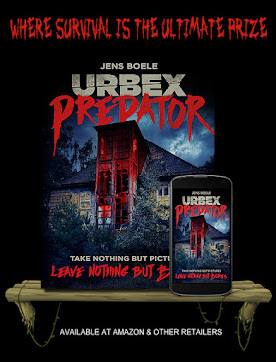



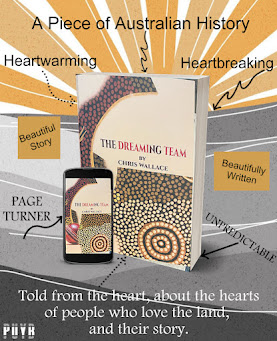




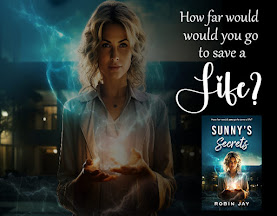

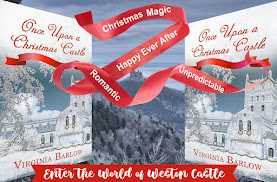


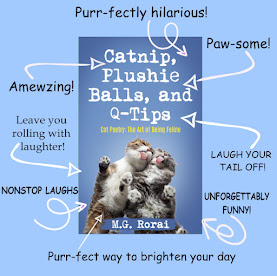





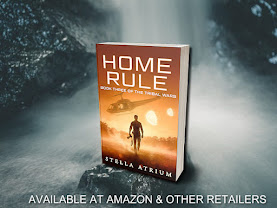




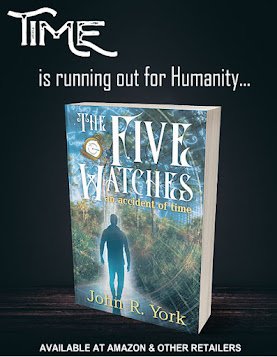


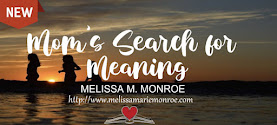







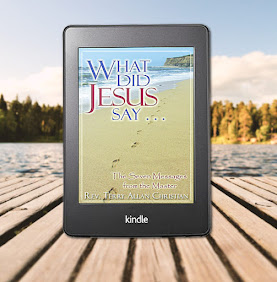






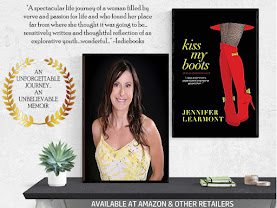


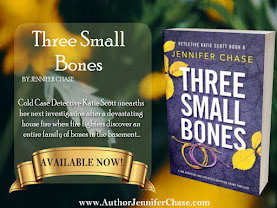

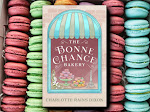
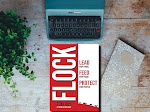


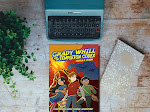



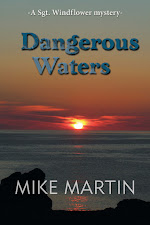



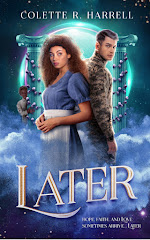
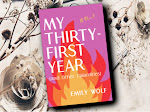



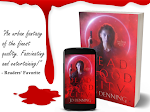


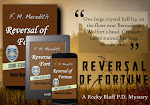









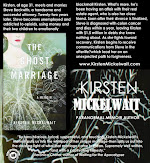

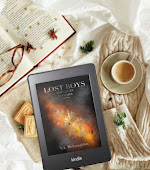
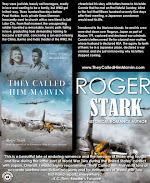

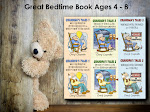

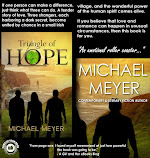
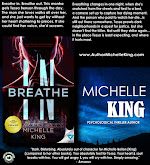
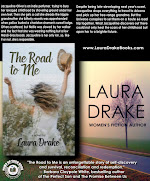


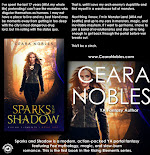
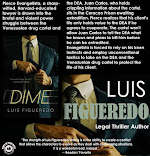

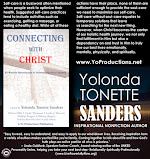


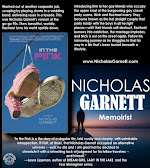


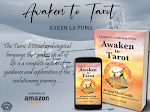
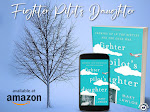
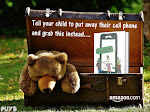
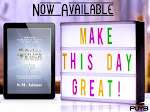


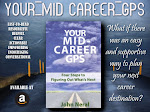
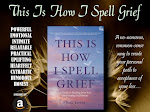
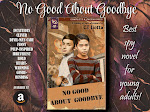

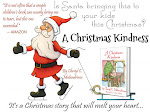
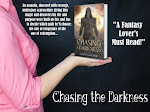
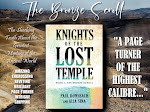


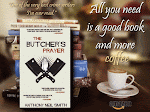
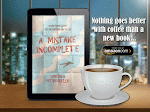
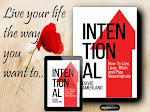
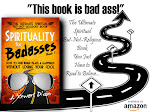

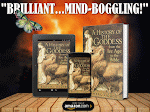

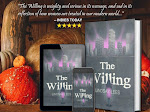
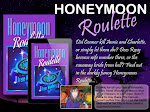
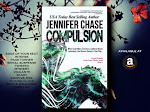
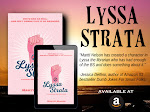
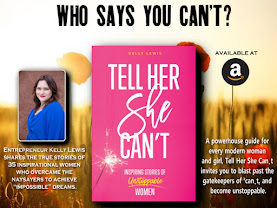









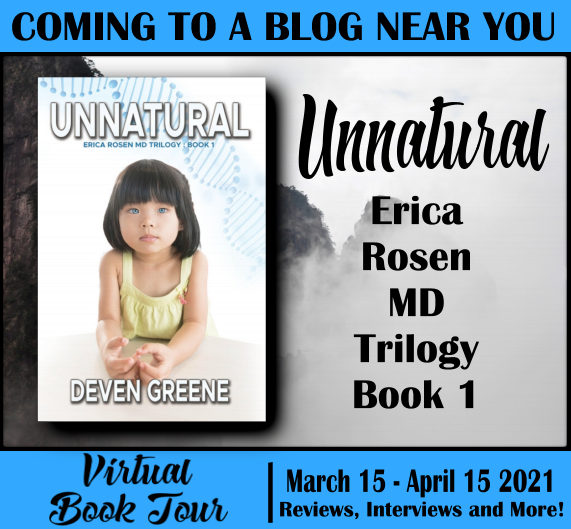

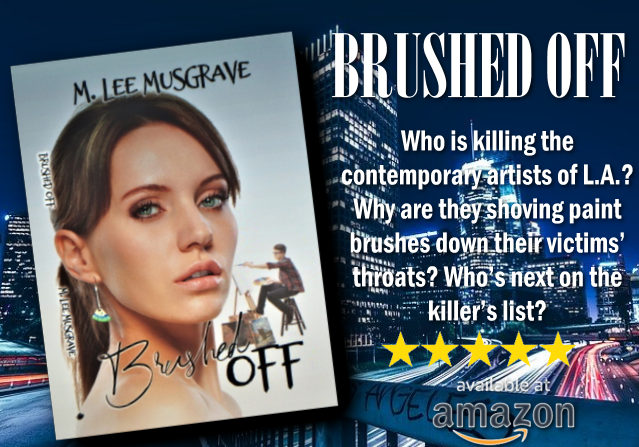


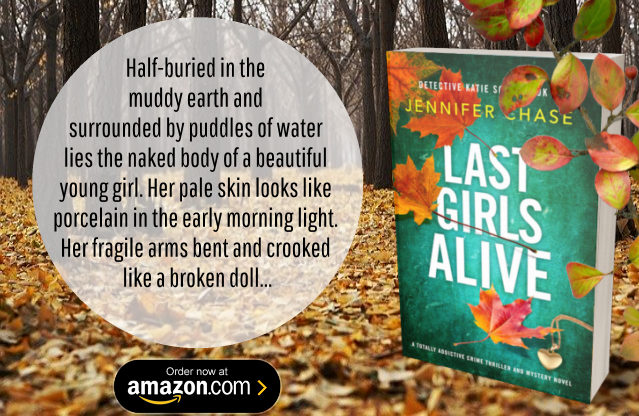
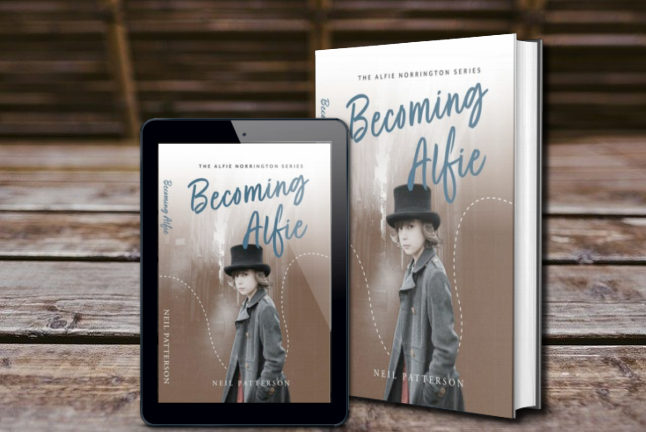


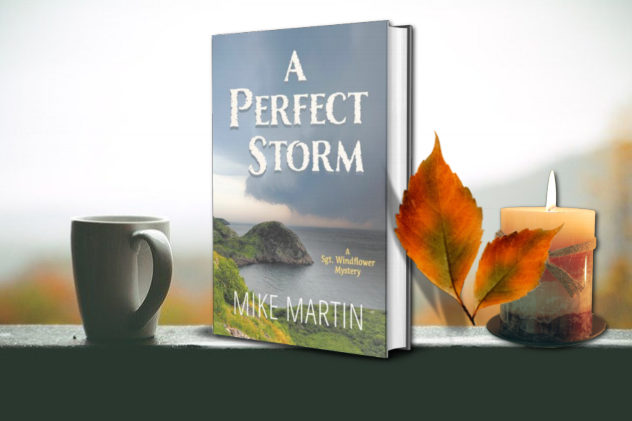
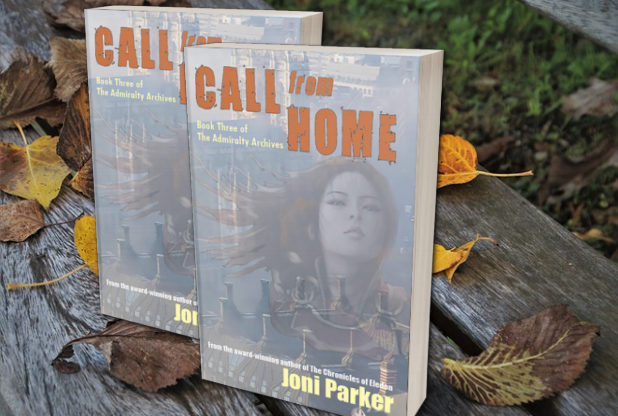
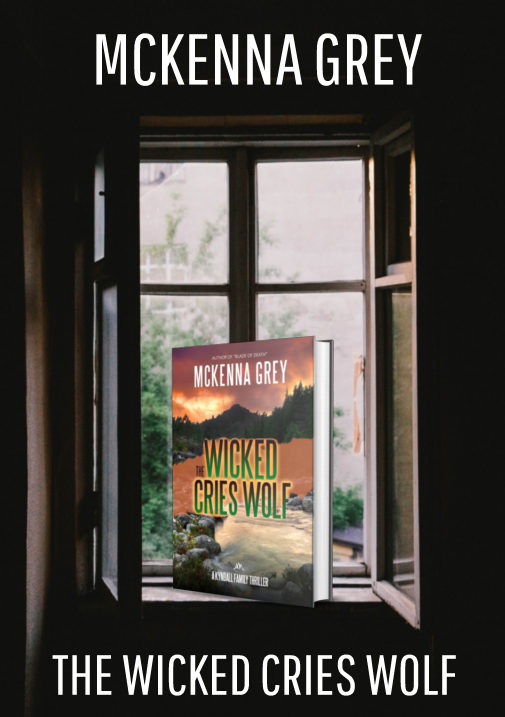


Leave a Comment